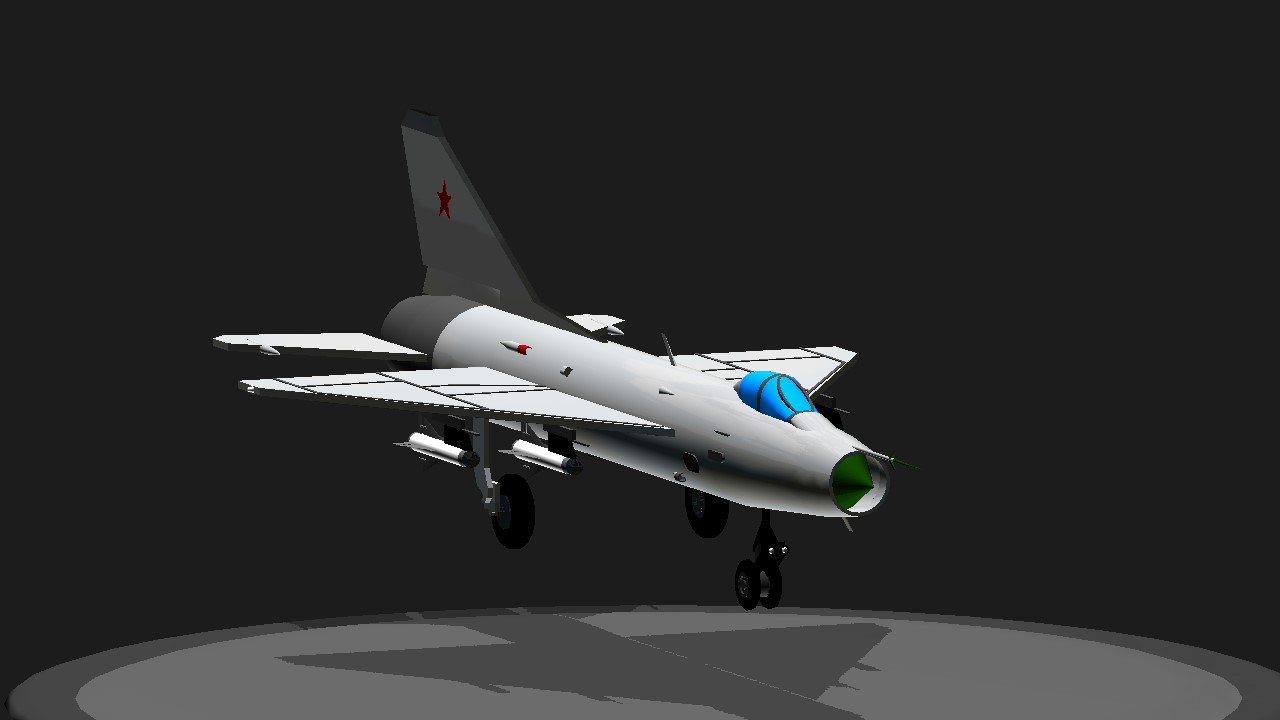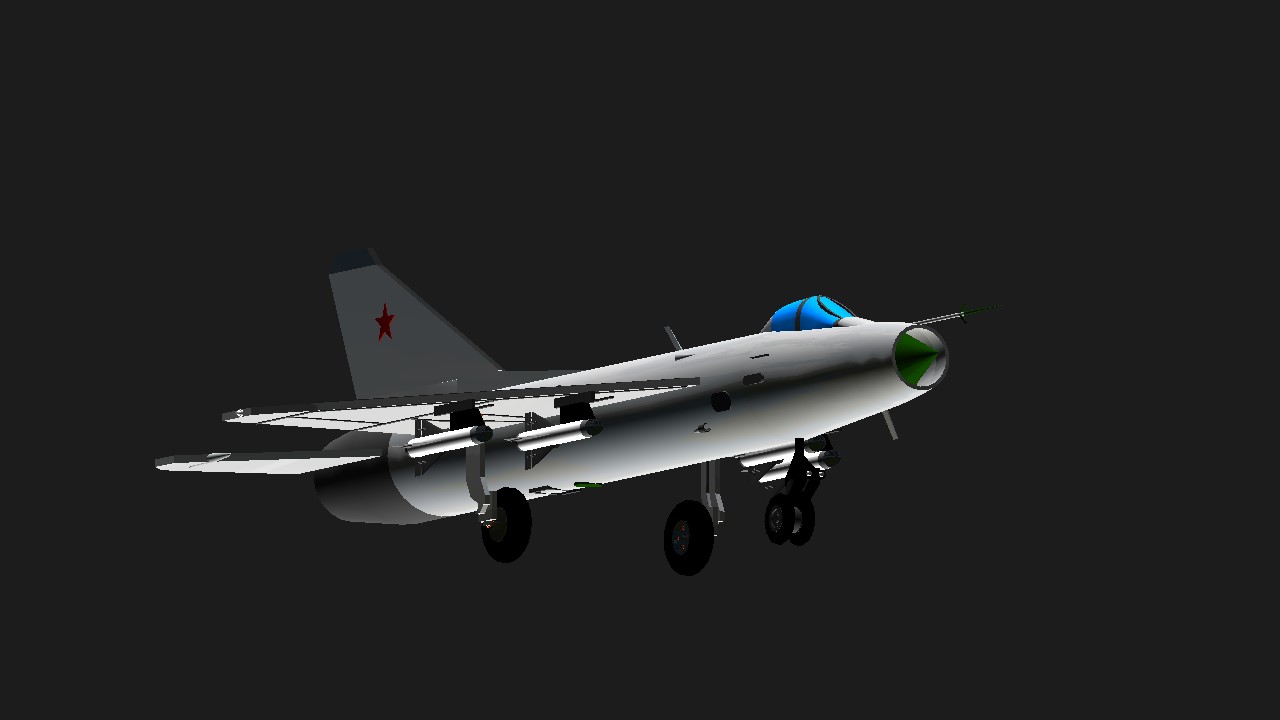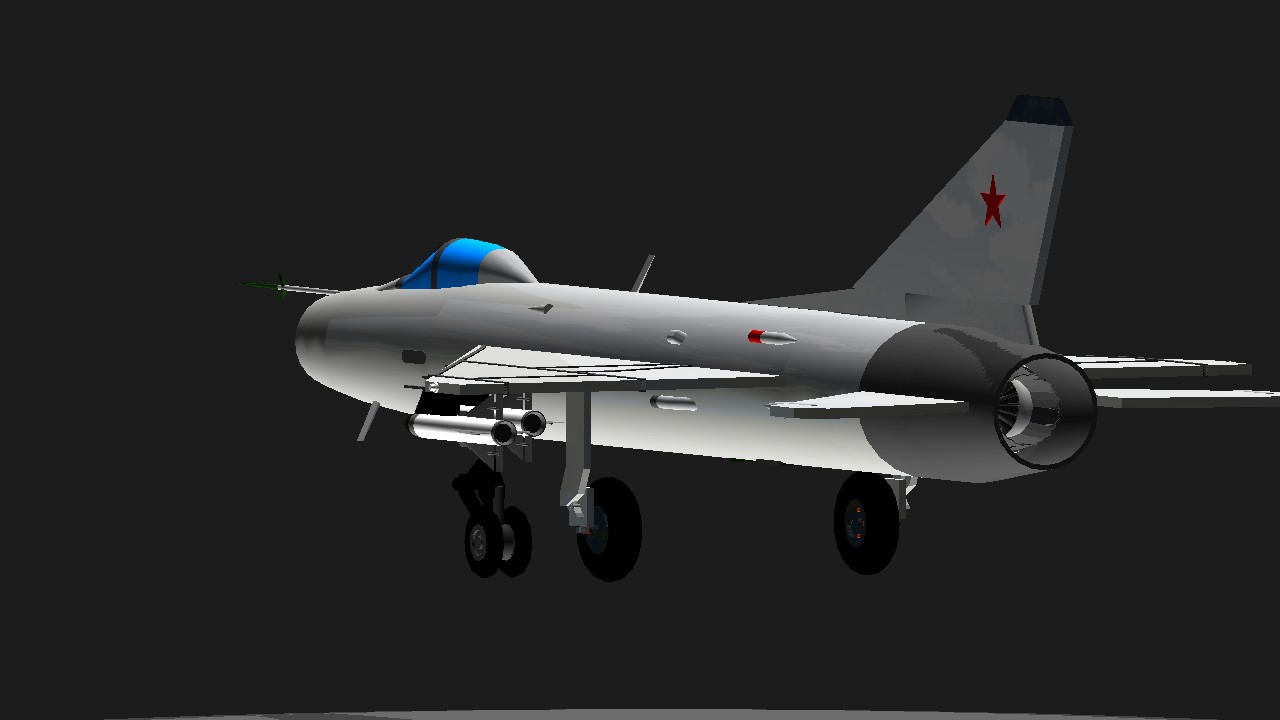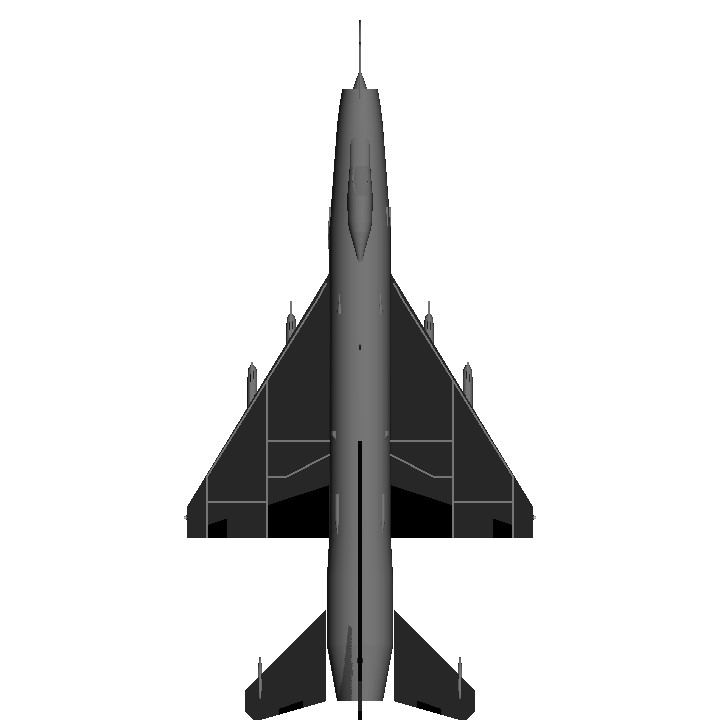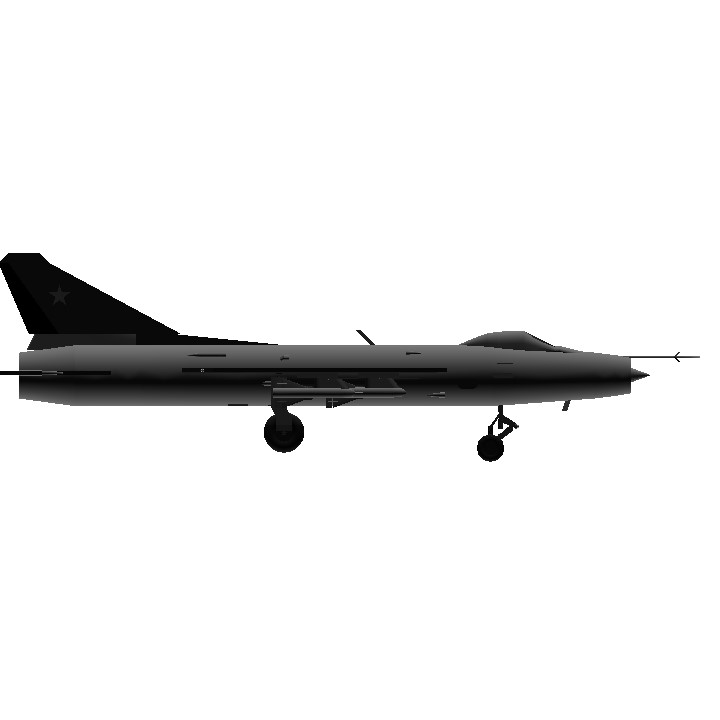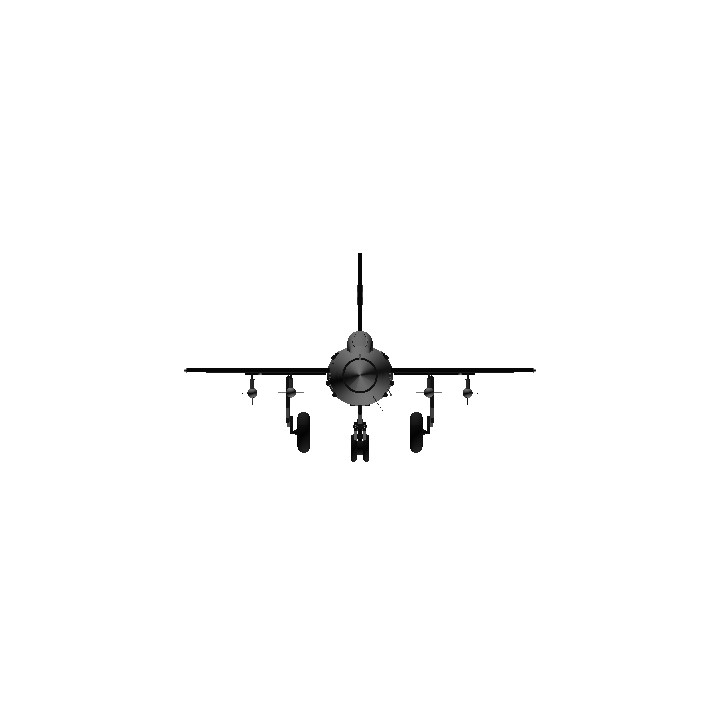


The Sukhoi Su-9 (NATO reporting name: Fishpot) was a single-engine, all-weather, missile-armed interceptor aircraft developed by the Soviet Union.
The Su-9 emerged from aerodynamic studies by TsAGI, the Soviet aerodynamic center, during the Korean War, which devised several optimum aerodynamic configurations for jet fighters. The design first flew in 1956 as the T-405 prototype. The Su-9 was developed at the same time as the Su-7 "Fitter", and both were first seen by the West at the Tushino Aviation Day on 24 June 1956, where the Su-9 was dubbed Fitter-B. It entered service in 1959.
Total production of the Su-9 was about 1,100 aircraft. It is believed that at least some Su-9s were upgraded to Su-11 "Fishpot-C" form. None were exported to any of the USSR's client states nor to the Warsaw Pact nations. Remaining Su-9s and later Su-11s were retired during the 1970s. Some were retained as test vehicles or converted to remote-piloted vehicles for use as unmanned aerial vehicles. It was replaced by the upgraded Su-11 and the much-superior Su-15 "Flagon" and MiG-25 "Foxbat".
The combat record of the "Fishpot", if any, is unknown. It is possible that it was involved in the interception (or even shoot-down) of reconnaissance missions whose details remain classified, but nothing is publicly admitted.
It was reported that a Su-9 was involved in the interception of Francis Gary Powers' U-2 on Soviet territory on 1 May 1960. A newly manufactured Su-9 which was in transit flight happened to be near Powers' U-2. The Su-9 was unarmed and was directed to ram the U-2. One ramming attempt was made and the Su-9 missed the U-2, primarily due to large difference in the speed of the two planes. No further ramming attempt was made due to Su-9's lack of fuel. Its pilot, Captain Igor Mentyukov later claimed that his slipstream had caused the U-2 to break apart. He discounts the official version that the U-2 was shot down by an SA-2 missile, saying that Captain Powers could not have survived such a hit.
On September 4, 1959 a modified Su-9 (designated T-431 by the bureau) piloted by Vladimir Sergeievitch Ilyushin set a new world record for absolute height, at 28,852 m (94,658 ft). In November of the same year Ilyushin set several new sustained speed/altitude records in the same aircraft. This record was later broken on 6 December 1959 by Commander Lawrence E. Flint, Jr., who performed a zoom climb to a world record of 98,557 ft (30,040 m) while piloting an F4H-1 Phantom.
Specifications
General Characteristics
- Successors 3 airplane(s) +21 bonus
- Created On Android
- Wingspan 28.3ft (8.6m)
- Length 57.9ft (17.6m)
- Height 17.0ft (5.2m)
- Empty Weight 17,087lbs (7,750kg)
- Loaded Weight 26,904lbs (12,203kg)
Performance
- Power/Weight Ratio 1.252
- Wing Loading 68.2lbs/ft2 (333.2kg/m2)
- Wing Area 394.2ft2 (36.6m2)
- Drag Points 7051
Parts
- Number of Parts 267
- Control Surfaces 7
- Performance Cost 1,003

